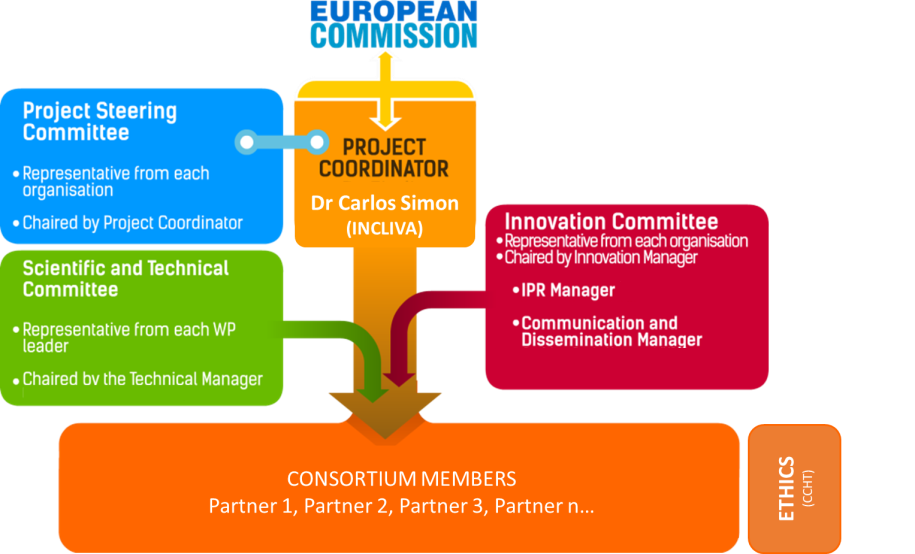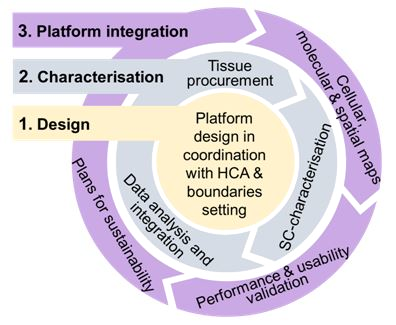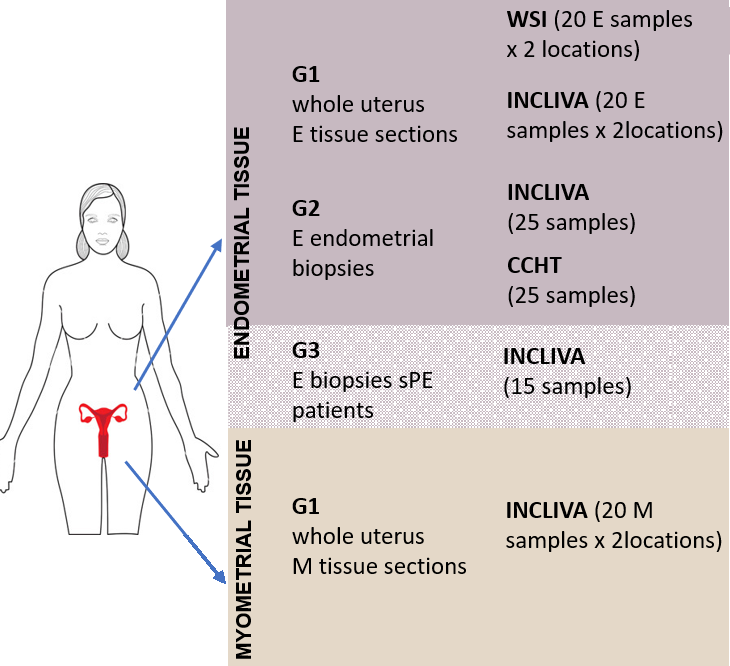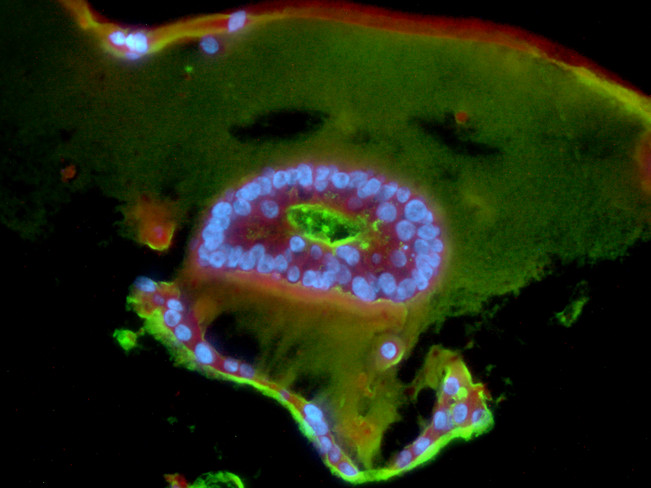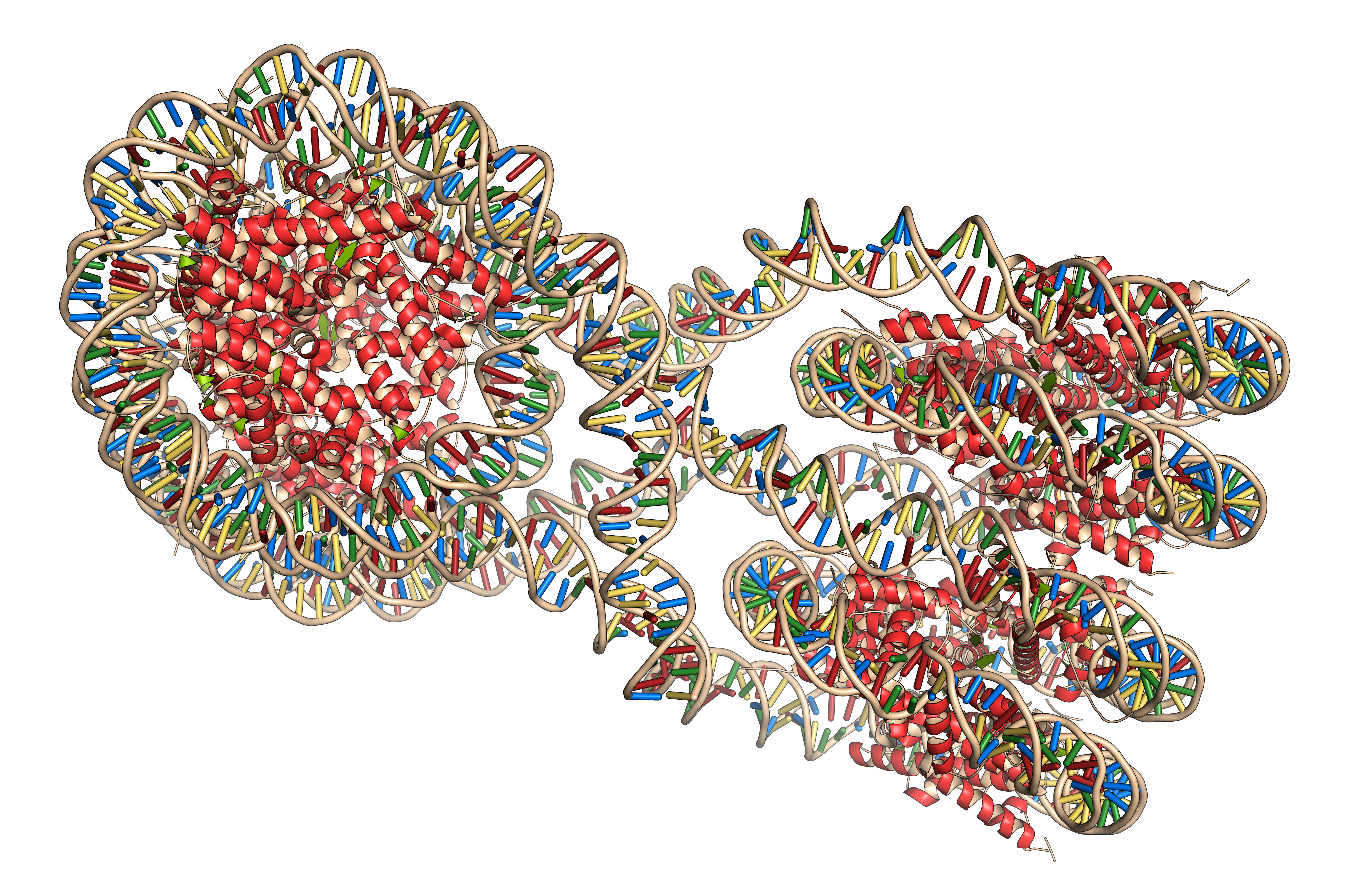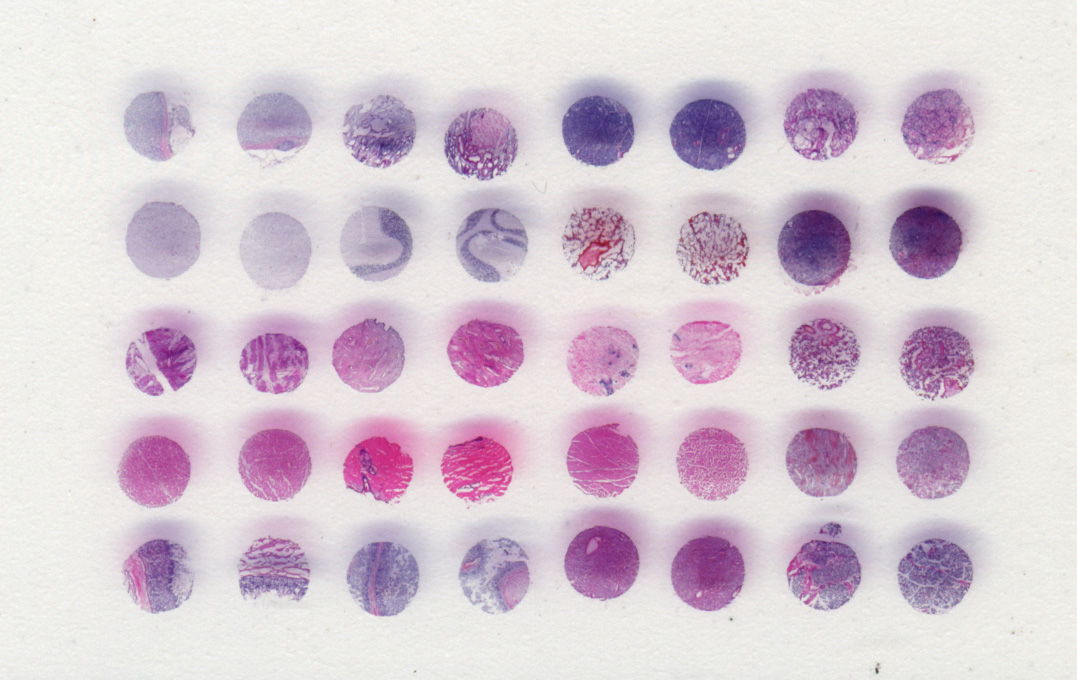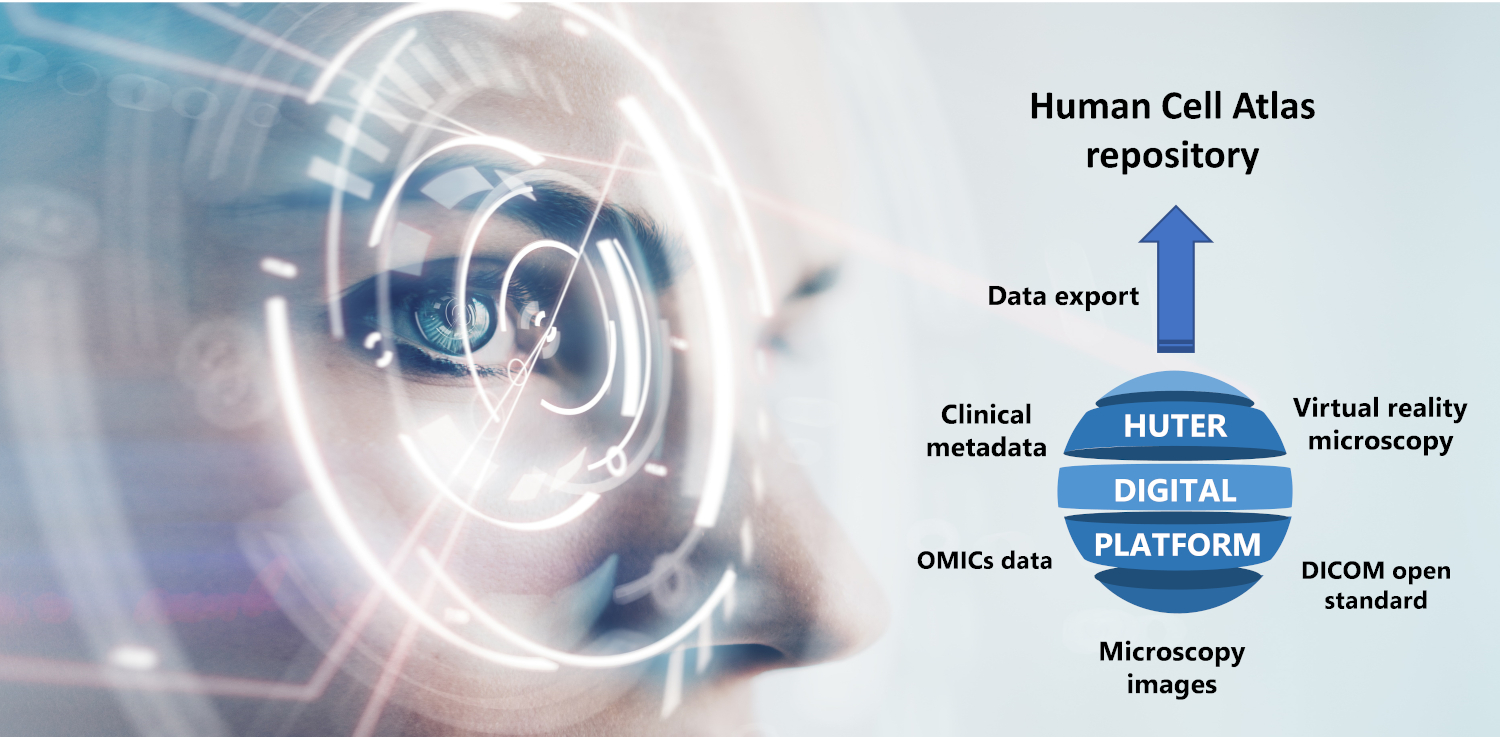ABSTRACT
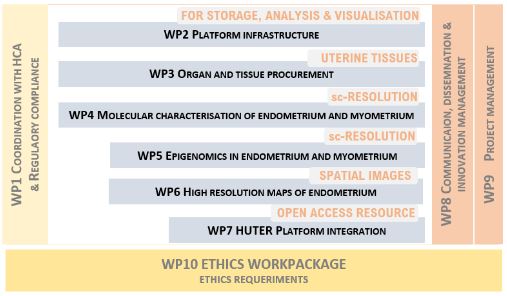
Project work packages
The Human Uterus Cell Atlas (HUTER) project aims to create the single-cell and spatial reference map of the human uterus. HUTER project will provide unprecedented insight at transcriptomic, genomic and spatial changes of this important female organ not only throughout the menstrual cycle but also across lifespan. The human uterus is a flagship reproductive organ with profound implications not only in reproduction but also in women's health. HUTER can advance the Human Cell Atlas initiative for the exploitation potential in Obstetrics and Gynaecology and biomedicine research areas such as Regenerative Medicine or Reproductive Medicine.
The uterus is itself a model for regenerative medicine since (i) endometrial tissue regenerates monthly and its transformation is executed through dynamic changes in states and interactions of multiple cell types, and (ii) myometrial tissue has remarkable regenerative capacity and extensive remodelling throughout pregnancy. Hence, the primary motivation HUTER proposal stems from the need to better understand the human uterus in order to more effectively address uterine diseases that impact women's health such as myomas or endometriosis and/or might contribute to infertility, infant and maternal mortality and morbidity.
HUTER technological and biological platform will be a crucial resource for the scientific and clinical communities to define the cellular basis of health and disease, allowing the rapid development of new diagnosis and prognosis tools and therapeutic advancements in the field.


